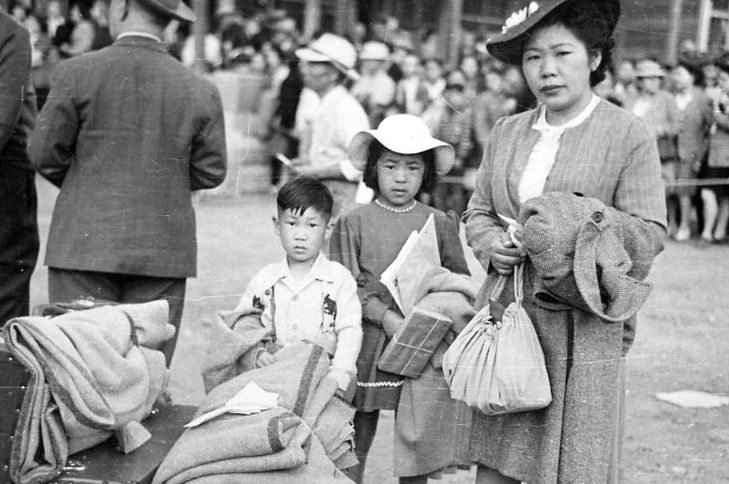


What is the Canadian constitution?
We sometimes think of the constitution as hard law: fixed on paper as the unchanging foundations of government. But Canada’s constitution is also the product of culture: of broader ideas, arguments and the activism of everyday people. Japanese Canadians have been key participants in the culture of Canada’s constitution.
Japanese Canadians participated in remaking the foundations of Canadian law because its practice so often failed them. Their story helps to teach the importance of such failures in advancing the deeper constitutional values that underpin the Canadian constitutional project. Denied the legal protections that should have been their due as rights-holding residents and citizens, they pushed Canadian legal culture toward a vision of equality under the law demanding a new constitutional story premised on legality, fair process, equality, and belonging.

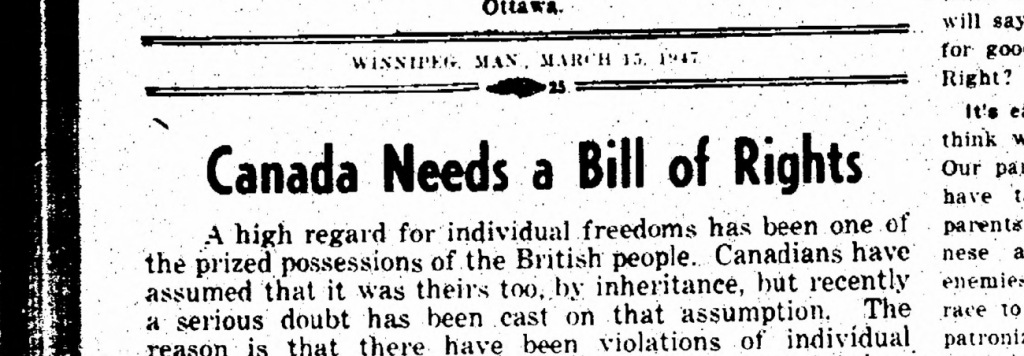
What are the limits of our rights and freedoms?
In 1980, parliament struck a special committee to discuss new constitutional provisions, including a Charter of Rights and Freedoms. The Charter’s crucial first section specified the circumstances in which rights could be limited by government in the name of the public good.
Parliamentarians proposed that Charter rights were: “subject only to such reasonable limits as are generally accepted in a free and democratic society with a parliamentary system of government.”
For Japanese Canadians, whose uprooting, internment, and dispossession had been “generally accepted” this was not good enough. Three representatives of the National Association of Japanese Canadians stood before the committee to have their say.
“We requested this appearance,” Gordon Kadota explained, “because the Japanese Canadians have had a unique experience in Canada, an experience which more than ever must be told to contribute to the making of our future nation.”
“Our history in Canada,” Kadota argued, “is a legacy of racism made legitimate by our political institutions, and we must somehow ensure that no group of Canadians will be subjected to the whims of political process as we were.”
Dr. Art Shimizu warned, “not only are you condoning the past, you are preparing for history to repeat itself.”
The testimony moved parliamentarians. Svend Robinson was disturbed and embarrassed “that the government would place before parliament a Charter of Rights which would permit exactly the same kind of shameful history of internment and confiscation or property which happened to your people.” Bryce Mackasey, announced that the presentation had “eliminated any doubt” in his mind about the Charter, adding that “I think Section 1 is defective and has to be improved.”
Section 1 was rewritten. The rights laid out in the Charter would subject only to “reasonable limits prescribed by law as can be demonstrably justified in a free and democratic society.” Section 1 now demanded that the government defend its limitations on rights with evidence and reason.
Section 1. of the Canadian Charter of Rights and Freedoms guarantees the rights and freedoms set out in it subject only to such reasonable limits prescribed by law as can be demonstrably justified in a free and democratic society.

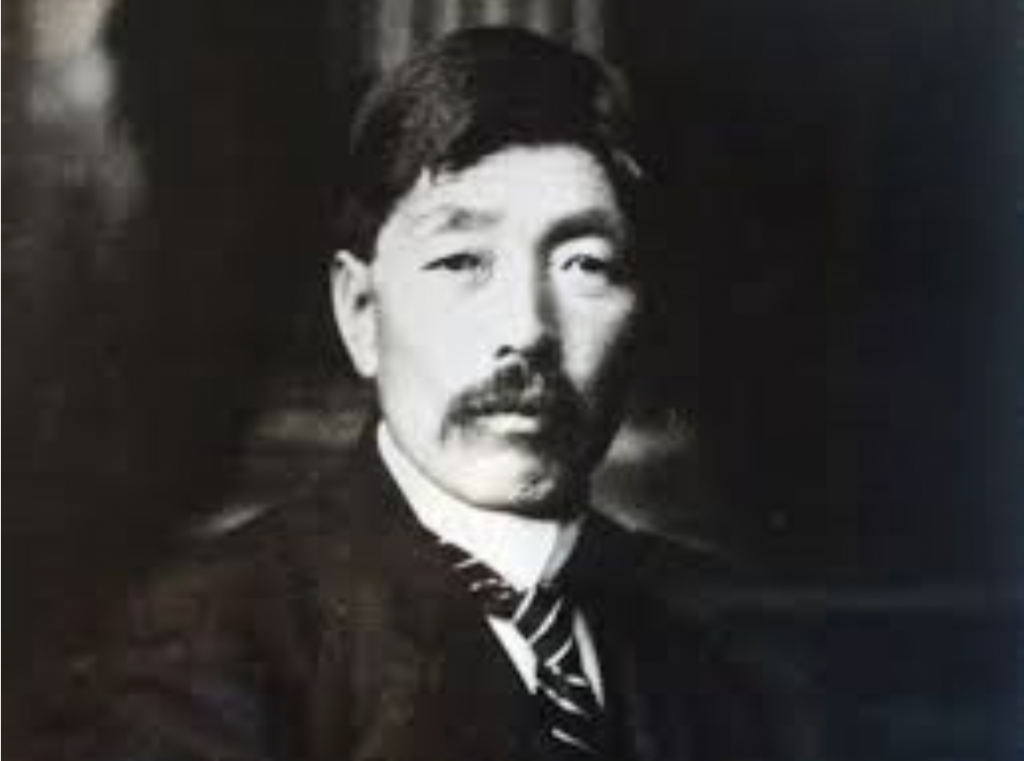
Who gets to vote?
Tomekichi Homma was one of thousands of Issei, first generation immigrants, to come to Canada in the late 19th century, as the burgeoning Japanese Canadian community began to build economic opportunity and social connection in the Indigenous territories known as British Columbia.
The very presence of Japanese-Canadian communities—along with other Asian immigrants, Indigenous people, and “less desirable” eastern and southern Europeans—challenged white supremacy in the province. In 1895, British Columbia amended its Provincial Voters Act to prohibit Japanese and Chinese Canadians from voting.
Recognizing this injustice, Tomekichi challenged the law as an unconstitutional interference to the rights of naturalization in Canada. His case would make it to Canada’s highest Court of Appeal, then the Judicial Committee of the Privy Council in London, England.
While Tomekichi lost his appeal, his activism would leave a lasting legacy: generations of Japanese Canadians followed him in mobilizing constitutional law to combat discrimination. Like Homma, subsequent activists gestured to the deeper ideals of constitutional government, legality, and equality as the basis of Canadian law—even as the Canadian legal system failed to live up to these ideals.
Section 3. of the Canadian Charter of Rights and Freedoms guarantees that every citizen of Canada has the right to vote in an election of members of the House of Commons or of a legislative assembly and to be qualified for membership therein.

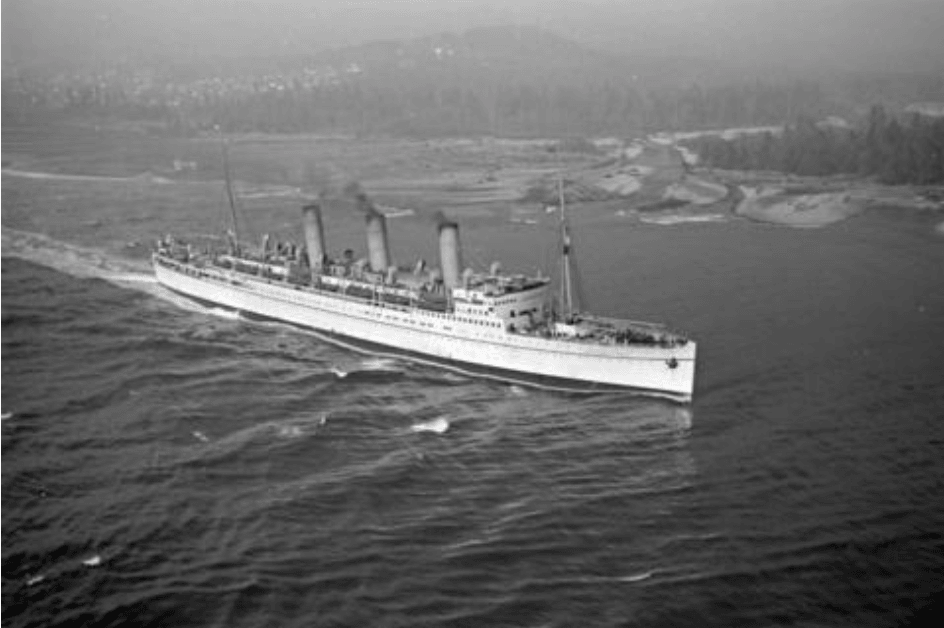
Who has a right to liberty?
Munetaka Samejima came to Canada at a time when racist sentiment had caused government to restrict immigration from Japan to 150 persons per year.
When Samejima left for Canada aboard the Empress of Asia in 1928, he had already been working for nearly two years to receive approval to work in Nanaimo, British Columbia as a domestic servant—one of few jobs available to Japanese migrants seeking entry to Canada.
Upon his arrival, Samejima learned that the job he had worked tirelessly to secure no longer existed. The family for whom he intended to work could no longer afford to hire him. Left with little choice, Munetaka found work at a Chemainus lumber mill, where he would haul lumber the next three years for 32 cents an hour.
On April 28, 1931, he was abruptly arrested and accused of lying when he entered the country. After mere minutes of deliberation, a Board of Inquiry ordered him deported.
Samejima’s case caught the attention of influential Japanese Canadians, as well as two lawyers who had established the trust of the Asian Canadian community. Applying for a writ of habeas corpus Samejima’s legal counsel alleged argued that he had been detained unlawfully and without reason.
Ultimately, Samejima won. In his majority opinion, Supreme Court Justice Lyman Poore Duff , offered a rare rebuke of racism in the law: “I gravely fear,” Duff wrote, “that too often the fact that these enactments are, in practice, most frequently brought to bear upon Orientals of a certain class, has led to the generation of an atmosphere which has obscured their true effect. They are, it is needless to say, equally applicable to Scotsmen.
Justice Duff named what had theretofore been unsaid in Canadian jurisprudence: the law took different shape and meaning and carried different consequences when applied to different kinds of people on the basis of race and class.
For better or worse, conceptions of legal equality tend to take root when judicial minds are capable of seeing themselves standing in the place of the vulnerable litigant.
Five decades later, Section 7 of the constitution affirmed that liberty and security of the person in accordance with the principles of fundamental justice were fundamental rights to fairness promised to everyone.
Section 7. of the Canadian Charter of Rights and Freedoms guarantees that everyone has the right to life, liberty and security of the person and the right not to be deprived thereof except in accordance with the principles of fundamental justice.

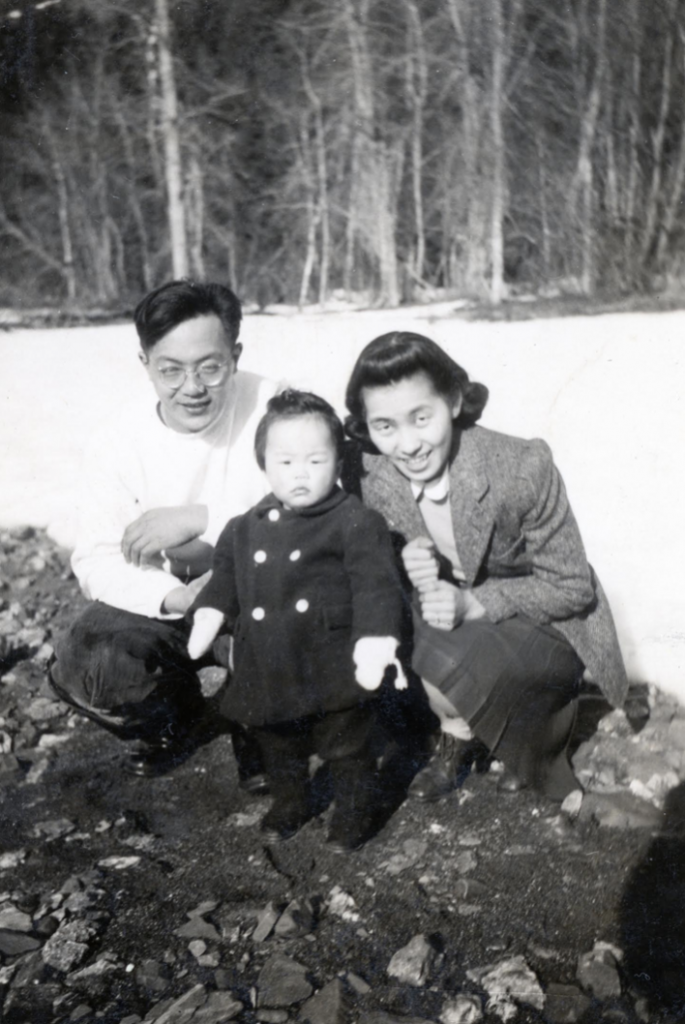
Who is equal?
In 1942, Canada seized Japanese-Canadian-owned property “as a protective measure only.” Officials promised, in law, to act as trustees: to hold the property of Japanese Canadians for their benefit for the duration of the war. This is not what happened. Instead, on January 19, 1943, Order in Council 469 authorized the sale of everything that they had been forced to leave behind when they were uprooted and interned.
On May 28, 1944, three Japanese Canadians, Eikichi Nakashima, Tadao Wakabayashi, and Jitaro Tanaka, challenged the constitutionality of the orders that threatened to permanently destroy their homes and communities.
They came to court as representatives of the Amalgamated Property Owner’s Association, a grassroots organization that came together despite the hardship and obstacles of the internment.
The argument they brought to the Exchequer Court in Ottawa was twofold: (1) that the sales were unconstitutional because they fell outside the scope of the War Measures Act, and (2) that the sales would violate the government trust that had been established to protect the property.
“The liquidation of the properties” argued their lawyer, “has no conceivable relationship to the prosecution of the war.” In addition, the “properties are to be held by the Custodian for the benefit of the owners, to be managed and controlled for their benefit.”
After hearing opposing arguments for two days, the judge presiding over the case, Justice Joseph Thorson, took three years to deliver his judgement. In the meantime, everything seized from Japanese Canadians was sold. Every home, car, farm and personal possession that Nakashima, Tanaka, Wakabayashi, and the Japanese Canadian community had hoped to protect was gone.
In his decision, Justice Thorson held that the judiciary could not intervene in decisions relating to the War Measures Act. He also denied the existence of a government-created trust. Before concluding the proceedings, he ordered that the litigants pay the government costs in defending the lawsuit.
Section 15 of the Charter now promises equality “before and under” the law without discrimination on grounds like race. The demands for equal treatment made by Japanese Canadians before, during, and after the Second World War has become part of Canada’s supreme law. Whether we live up to that promise, remains in our hands.
Section 15. of the Canadian Charter of Rights and Freedoms guarantees that every individual is equal before and under the law and has the right to the equal protection and equal benefit of the law without discrimination and, in particular, without discrimination based on race, national or ethnic origin, colour, religion, sex, age or mental or physical disability.
